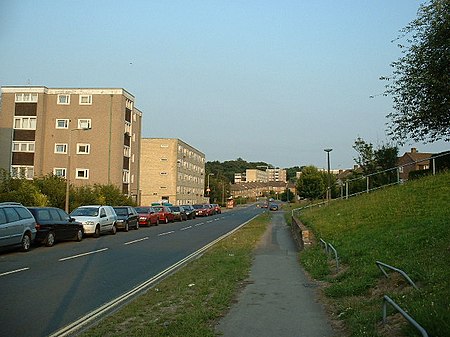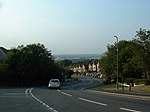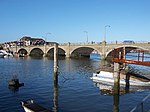Cunliffe-Owen Aircraft was a British aircraft manufacturer of the World War II era. They were primarily a repair and overhaul shop, but also a construction shop for other companies' designs, notably the Supermarine Seafire. The company also undertook contract work for the Air Ministry, Lord Rootes, Shorts and Armstrong Siddeley worth £1.5 million. After the war, however, the company began to face financial difficulties and in February 1947 a request to Midland Bank to extend the company's overdraft was refused. In November of that year it became necessary to suspend production of the Concordia aircraft – upon which all the company's future hopes rested – and its financial collapse became inevitable.
Sir Hugo Cunliffe-Owen, Bt., chairman of Cunliffe-Owen Aircraft, Ltd., died on 14 December 1947 aged 77. He was succeeded by his son, Dudley Herbert Cunliffe-Owen, who was sales director of the firm. His eldest son, Hugo Leslie, who was in the Fleet Air Arm, was killed in 1942.Sir Hugo was also associated with British & Foreign Aviation Ltd., a company with a nominal quarter-million pound capital. The objects were stated as to acquire not less than 90 per cent of the issued share capital of Olley Air Service Ltd. and Air Commerce Ltd., and to make agreements between Olley Air Service Ltd., Sir Hugo Cunliffe-Owen and others to operate air services and aerodromes and manufacture, deal in and repair aircraft. Associated companies included West Coast Air Services Ltd. and Isle of Man Air Services(See Morton Air Services).
Clyde Edward Pangborn became the company's demonstrator and test pilot.








